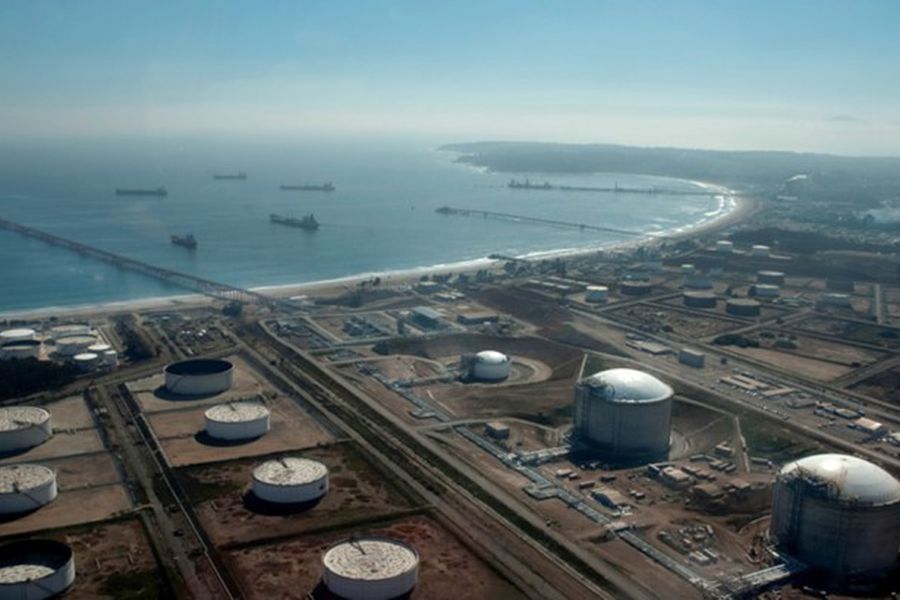RIO DE JANEIRO, BRAZIL – More than 105 people have been poisoned since Monday by industrial pollution emanating from the towns of Quintero and Puchuncaví. The area is known as the “Chilean Chernobyl” and has suffered an environmental crisis caused by the heavy industry for decades.
In a statement Wednesday, the Environmental Agency (SMA) confirmed “a new episode of community health impairment in the area, with a record 105 people treated at Quintero Hospital, Quintero Primary Health Care (PHC), and Puchuncaví PHC.”
On Monday, more than 75 people, including at least 50 school children, were poisoned by a high concentration of sulfur dioxide (SO2) of 1,327 ug/m3, measured at the Quintero Air Quality Station, five times higher than the norm.

Quintero and Puchuncaví, two coastal towns with about 50,000 inhabitants, have been considered “environmental sacrifice zones” since 1958. At that time, the Chilean government decided to cut back on artisanal fishing and agriculture to transform the area into an industrial center, home to four coal-fired power plants and oil and copper refineries.
The Quintero prosecutor’s office launched an investigation after receiving a complaint about the massive poisoning of adults and children.
“The Bidema (Brigada Investigadora de Delitos Contra la Salud Pública y el Medioambiente) was given an investigation order with a deadline of 30 days,” said Luis Ventura, chief prosecutor of Quintero.
Local authorities declared the area an environmental emergency, suspended classes, and banned physical activities and heating sources.
Medical reports said those sickened suffered headaches, itchy eyes, an itchy throat, and nausea.
The environmental organization Greenpeace referred to this area as the “Chilean Chernobyl” after around 600 people from Quinteros and Puchuncaví came to medical centers in 2018 with an atypical clinical picture such as vomiting blood, headaches, dizziness, paralysis of the limbs, and strange wheals on the skin of children due to severe pollution.
RISK REDUCTION
Environment Commissioner Emanuel Ibarra on Wednesday ordered six companies operating in the industrial area to take measures that “limit their productive activity without affecting basic services.”
“The new measures we are ordering are based on today’s symptoms of poisoning are related to emissions of volatile organic compounds (VOCs) in the industrial area of Quintero and Puchuncaví,” he explained.
The affected companies are the Gasmar Quintero plant, the Terminal de Asfaltos y Combustibles Enex, the Terminal Marítimo de Quintero de Copec – Chile’s main fuel company -, the Terminal Marítimo de la Empresa Nacional del petróleo (ENAP), the Terminal Marítimo GNL Quintero and the Terminal Marítimo Oxiquim.
Ibarra explained that the provisional and preventive measures were taken because “it is not yet possible to determine a specific cause of the events.”
On Tuesday, the regulator had already ordered measures to reduce pollution from state-owned mining company Codelco, the world’s largest copper producer, and the Aes Andina thermal power plant.
Subsequent regional analysis and authorities pointed to these two companies as responsible for Monday’s pollution.
“To ensure the proper implementation of the measures, this industrial operation (the Ventanas smelter) will maintain the voluntary suspension of operations, which have been suspended since Monday, with scheduled maintenance,” Codelco, which is responsible for eight percent of the world’s copper supply, said in a statement.
Aes Andes has not yet commented on the matter.

